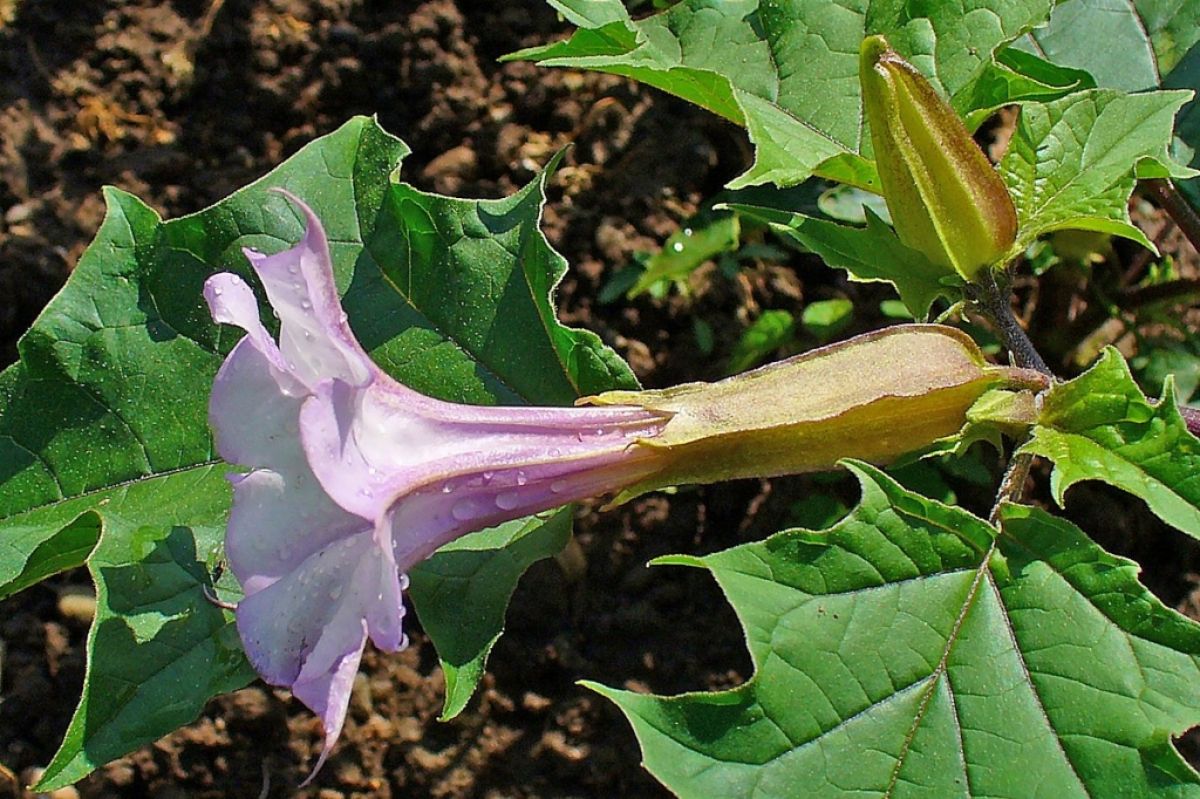For example, bachelor's button, bee balm, calendula, English daisy, hollyhock, lavender, and snapdragon. Poppy seeds are used for baking and dianthus can add a clove taste to foods, and, of course, we eat the seeds of sunflowers.
However, there are many toxic plants in our gardens, also, and it is a good idea to teach children never to put any plant material into their mouths while in the garden.
All parts of the flowers on plants such as nicotiana and oleander are extremely poisonous, as are daffodil bulbs, clematis leaves, and all parts of mountain laurel, rhododendron, and azalea. Monkshood is a deadly plant as is foxglove and some lobelias. And, of course, no one with young children should grow datura, commonly called Angel's trumpet.
There are also some plants that cause contact dermatitis, just from being touched, and one is the innocent looking feverfew.
We love flowers, but we should always look at them in the garden, not eat them, as many have also been exposed to chemicals before we purchase them.
This is Moya Andrews, and today we focused on edible and inedible.










